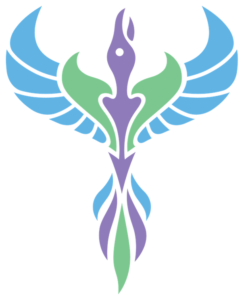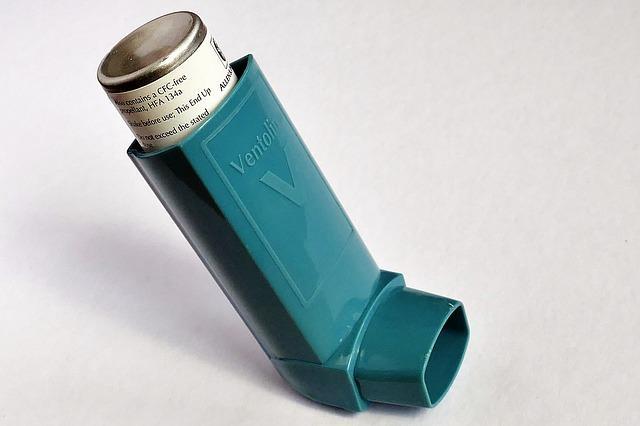Archive for October 2016
Acupuncture for Menopause
Acupuncture is a natural and sensible choice when it comes to responding to the symptoms of menopause: from the perspective of Traditional Chinese Medicine, a momentous natural process requires a natural response to keep hormones and symptoms in balance. Symptoms of menopause that have been shown to respond well to acupuncture include hot flashes, irritability, and improving quality and quantity of sleep.
Rather than treating menopause as one specific syndome, Traditional Chinese Medicine treats its many symptoms with a multi-dimensional response. We seek out acupuncture points that correspond directly to the physical and emotional side-effects of menopause. Furthermore, by encouraging endorphin release, acupuncture helps treat chronic pain and several studies show that acupuncture is linked to an increase in nighttime melatonin production and a boost in total sleep time. While the treatment does involve the insertion of very thin needles into the skin, the effect we produce is one of intense relaxation that overrides the brief moment of discomfort during insertion.
Menopause is unique to every woman, not only because it can occur at any age, but also because the degree of symptoms varies and thus an individual treatment plan is absolutely necessary. At Community Chiropractic & Acupuncture, we begin with a conversation regarding your medical and lifestyle history to create an individually tailored plan that accounts for your emotions and needs. Through acupuncture and chiropractic treatment, we hope to promote a culture of relaxation in your life during a time of intense emotional upheaval.
Dr. Karen Thomas, D.C., L.Ac.
Breathing made Easier by Chiropractic
Asthma is a disease with a high prevalence in the population with the standard treatment response being either an inhaler or prescription medications such as inhaled steroids, which help manage the illness but rarely resolve it. While these are traditionally effective tools for providing relief from the different types of asthma, (allergy-induced, exercise-induced, nighttime asthma, smoking-induced and cough-variant asthma), some people are seeking a more natural and alternative mode of treatment that may help them deal with the root cause and ultimately resolve their condition, helping them to move on from relying on inhalers or steroid medication.
A complex disorder that involves inflammation of the airways, accompanied by bronchial constriction of the muscles along the walls of the airways, asthma is often aggravated by environmental factors which leads to the classic symptoms of shortness of breath, coughing, wheezing and can progress to a more serious degree whereby the sufferer may seek emergency medical care.
Chiropractic’s role comes in resolving spinal misalignment and determining which external or lifestyle factors may be contributing to the condition. Resolving misalignment of the vertebrae can help improve the function of those nerves involved in the respiratory system, including the ones that influence and coordinate the function of the lungs and diaphragm. By focusing on the region of the spine that corresponds to the chest, we fight back against the constriction of the airways that characterizes asthma and open up the thoracic cavity. If you have asthma, there is a great possibility that chiropractic treatment can help you breathe better. As with almost every condition, a treatment plan should always be individualized to account for your unique needs and desires.
Dr. Karen Thomas, D.C.
Stretching for Sciatica
Sciatica is no joke: the symptoms associated with sciatic nerve compression include stiffness and pain in the lower back and buttocks, tingling in numbness in the lower extremities, hip pain and weakness in the leg. The sciatic nerve is the longest in the body and influences many of the muscles on the backside of the lower body. The causes of sciatica are many and varied, including herniated disc and subluxation, degenerative bone disease, piriformis syndrome and even general instability in the sacral and lumbar regions of the spine. Chiropractic is an excellent modality for responding to sciatica because through hands-on adjustment and trigger point therapy we can release the tension and tightness from muscles that may be contributing to irritation of the sciatic nerve. Spinal traction and the associated decompression is good for alleviating the pain and impingement associated with nerve pain from herniated discs.
No matter the cause of your sciatica, almost everyone can benefit from basic strengthening and stretching in the lower back. Simple stretches that can be done from the bedroom, but will make a world of difference in your suffering from sciatica include:
- Knee to chest: simple, lay on your back with knees elevated and feet flat. Pull one leg up toward your chest and hold for 30 seconds. Repeat twice with each leg.
- Piriformis stretch (of which there are multiple varieties).
- Creating a 4: Lay on your back with legs elevated and feet flat. Cross your right ankle over the left knee and clasp your hands behind the left knee. Pull your left leg up toward your chest whilc pressing the opposite direction with your right leg. Hold this position for 30 seconds then repeat with the other leg.
- Stretching the hip flexor: start in kneeling position with left leg down. Place hands on right knee and lean into it, you should feel a stretch in the hips and the hamstrings. Hold this position for 15 seconds then repeat with the other leg.
While sciatica is not entirely avoidable, it can be eased by dilligent stretching. Try doing these simple stretches once in the morning and once before bed and feel the tension float away. If you are in too much pain to perform even these motions, it may be time to talk to a health professional about determining the root of your pain; our ears are always open at Community Chiropractic & Acupuncture of Park Slope.
Dr. Karen Thomas, D.C.
Scar Tissue
The regeneration of tissue after injury is a necessary and standard part of the body’s healing response. The same way a cut on your skin will bleed, scab and scar, a similar process happens on the inside of your body, when trauma (from acute injury or repetitive motion), causes cells to die off. Cells must necessarily regrow and the new fibrotic tissue that forms during the reparative process is often called scar tissue. The main problem is that the new tissue is, by some estimates, only 60% as elastic as the original tissue, meaning that an area with excess scar tissue can be stiff and painful. The problem is worsened when scar tissue adheres to the healthy connective tissue nearby, trapping a region and subjugating it to reduced range of motion and pain.
Chiropractic is an excellent treatment for dispelling excess scar tissue after injury. Modalities such as the Graston Technique, Active Release Technique, and Myofascial Release are effective at breaking up scar tissue and returning mobility to a region. Even simple, targeted massage can get into the knots of tensions known as trigger points and break them up. If scar tissue is adhering to healthy tissue, then there is a force actively pulling your body out of alignment and this can be easily combatted with gentle, hands-on manipulation.
At Community Chiropractic & Acupuncture of Park Slope, we can help determine if your pain and range of motion restriction is caused by scar tissue build up, and if so, treat it effectively and efficiently.
Dr. Karen Thomas, D.C.




